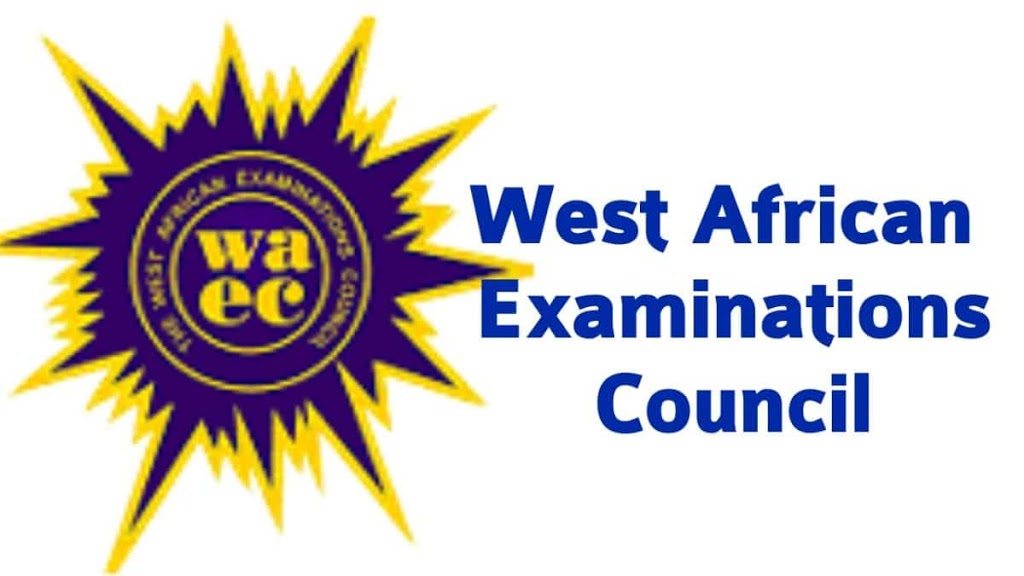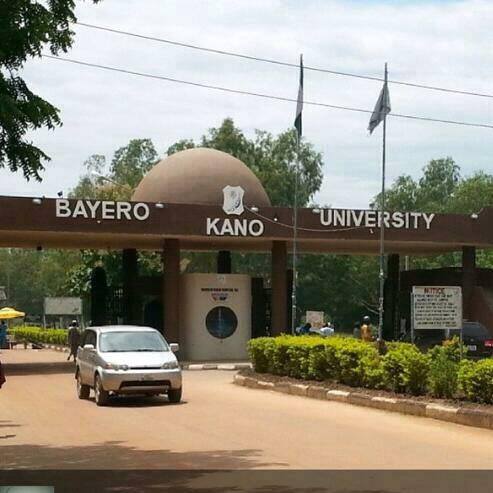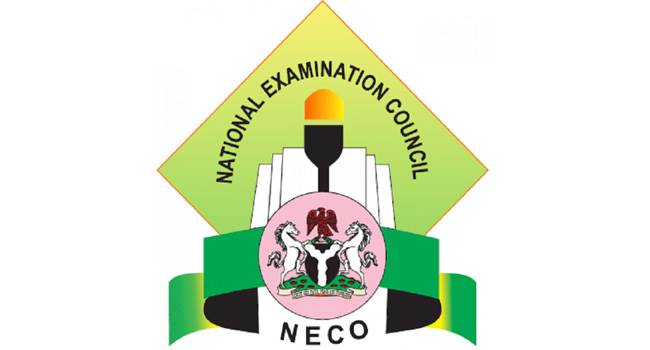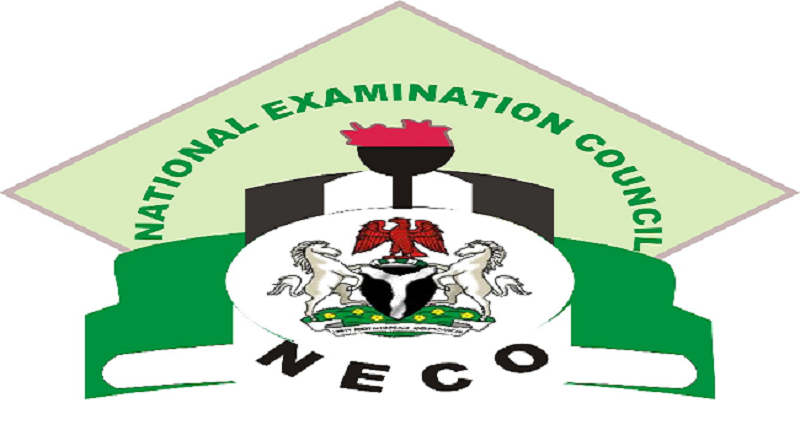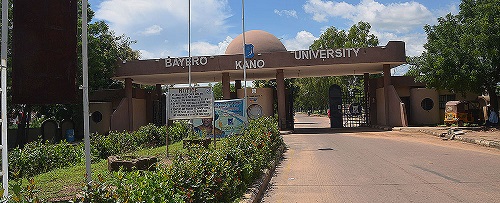WAEC Geography Questions and Answers 2023: Objectives and Essay (Obj + Theory)
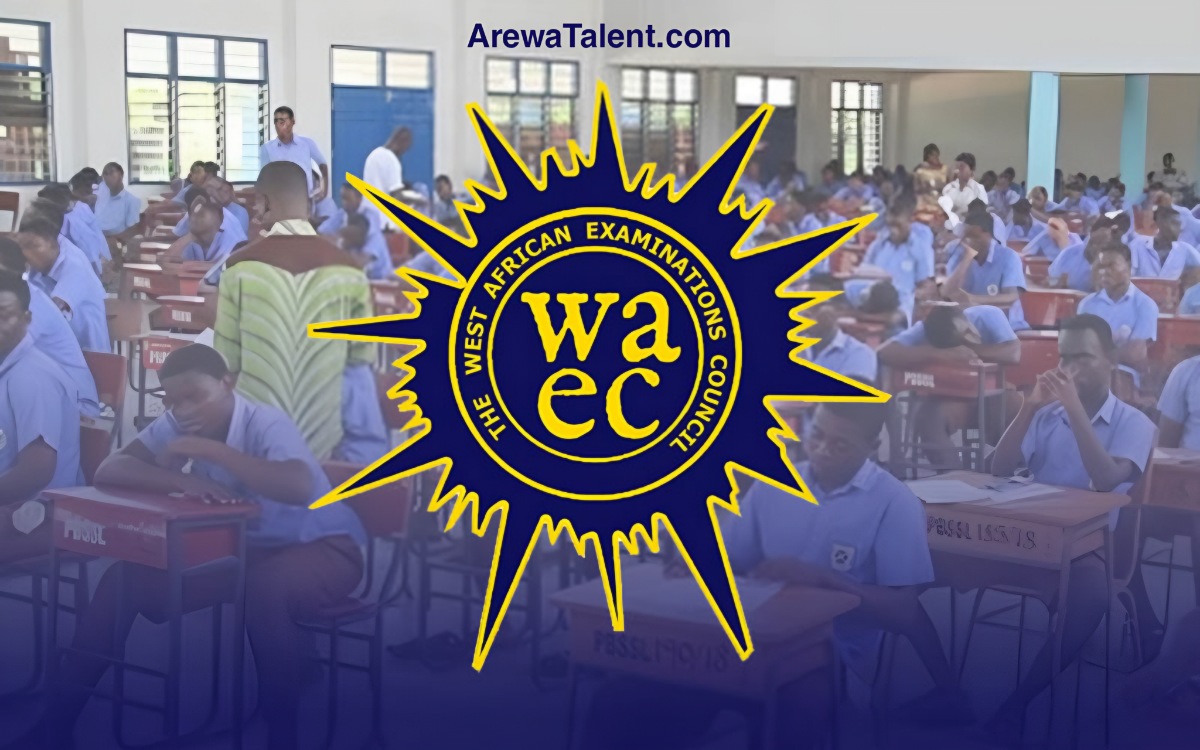
The West African Examination Council (WAEC) is set to conduct the 2023 Geography examination for Senior Secondary School Certificate Examination (SSCE) candidates. The examination will consist of both the Objectives (Obj) and Essay (Theory) sections, testing candidates’ knowledge and understanding of various geographical concepts and principles. In this article, we provide an overview of the WAEC Geography examination, sample questions and answers, and tips on how to prepare for the test.
Overview of the WAEC Geography 1 & 2 Examination
The WAEC Geography examination is typically divided into two papers:
- Paper 1: Objective – This paper consists of multiple-choice questions, designed to test candidates’ knowledge of basic geographical concepts, principles, and facts.
- Paper 2: Essay (Theory) – This paper consists of essay questions that require candidates to analyze, interpret, and apply geographical concepts and principles in various contexts.
The examination is scheduled to take place on specific dates, with Paper 1 (Obj) commencing at 9:30 am, and Paper 2 (Theory) starting at 2:00 pm. The duration of each paper is 3 hours.
Note: This article is for your guidance for proper preparation for your geography WAEC exams 2023
Sample WAEC Geography Questions and Answers 2023
In this section, we provide a compilation of sample questions and answers from various sources, covering both the Objective and Essay sections of the WAEC Geography examination. These sample questions are not meant to be an exhaustive list but serve as a guide for candidates to understand the type of questions they may encounter during the examination.
Objective Questions
- Villages develop into urban centers when they ____ A. attract more people B. produce enough food C. establish educational institutions D. grow in commerce and industry.
Answer: D. grow in commerce and industry.
- By how many times will a map measuring 12cm by 7cm be enlarged to make its area 336cm2? A. Twice B. Three times C. Four times D. Five times.
Answer: C. Four times.
- Eluviation is the process by which _______ A. Soluble substances are removed from the upper layers of the soil B. soluble substances are deposited in the upper layers of the soil C. fine particles are removed from one layer of the soil to another D. fine particles are deposited in the upper layers of the soil.
Answer: A. Soluble substances are removed from the upper layers of the soil.
- Transhumance is the seasonal migration of livestock ______ A. from the lowlands to the uplands B. from the north to the south following the rains C. in the semiarid steppes D. in search of water and pasture.
Answer: D. in search of water and pasture.
- Variations in the lengths of day and night over the earth’s surface are due to the _____ A. earth’s inclination to the sun and its revolution B. earth’s inclination to the sun and its rotation C. length of the earth’s orbit D. thickness of the earth’s atmosphere.
Answer: B. earth’s inclination to the sun and its rotation.
Essay Questions
Question 1
(a) List four modes of transportation.
(b) Identify four constraints to inland water navigation.
(c) In what four ways can the constraint identified in 1(b) above be solved?
Answer:
(a) The four modes of transportation are:
- Road transportation
- Rail transportation
- Water transportation
- Air transportation
(b) The four constraints to inland water navigation are:
- Silting of river mouths
- Presence of rapids, cataracts, waterfalls/dams
- Fluctuations in the volumes of rivers
- Presence of water weeds, e.g., water hyacinth
(c) The four ways to solve the constraints identified in 1(b) are:
- Dredging to increase the depth of rivers
- Channelization to avoid rapids and waterfalls
- Use of dams and reservoirs to control water levels
- Removal of water weeds with herbicides/machines
Question 2
(a) Outline two characteristic features of each of the following:
(i) conurbation;
(ii) megapolis.
(b) With specific examples, explain any six functions which settlements perform.
Answer:
(a) (i) Characteristic features of conurbation:
- It is an urban settlement
- Two or more large cities/towns merge to form a conurbation
(ii) Characteristic features of megapolis:
- It is also called a megalopolis/mega-city/super city
- It is a highly urbanized region with a population of more than 10 million inhabitants
(b) Six functions which settlements perform:
- Residential: Providing housing for the population
- Commercial: Facilitating trade and commerce
- Industrial: Manufacturing goods and services
- Administrative: Serving as centers for governance and administration
- Educational: Providing schools, colleges, and universities for the population
- Health: Offering hospitals, clinics, and other healthcare facilities for the population
Tips for Preparing for the WAEC Geography Examination
- Study the syllabus: Familiarize yourself with the WAEC Geography syllabus, which outlines the topics and subtopics to be covered in the examination.
- Review past questions and answers: Practice with past questions and answers to understand the format of the examination and the type of questions that may be asked.
- Develop a study plan: Create a study plan that allocates sufficient time to each topic, ensuring that you cover all the required material before the examination.
- Seek help from teachers and peers: If you encounter difficulty understanding any topic or concept, seek assistance from your teachers or classmates who may have a better understanding of the subject matter.
- Revise regularly: Regular revision helps to reinforce your understanding of the topics and ensures that you retain the information for longer periods.
- Stay updated on current geographical events: Keep abreast of current geographical events, as these may be relevant to the examination and help you relate the concepts and principles to real-world situations.
In conclusion, the WAEC Geography examination tests candidates’ knowledge and understanding of various geographical concepts and principles. By following the tips and practicing with the sample questions and answers provided in this article, candidates can adequately prepare for the examination and achieve success in their WAEC Geography examination.


